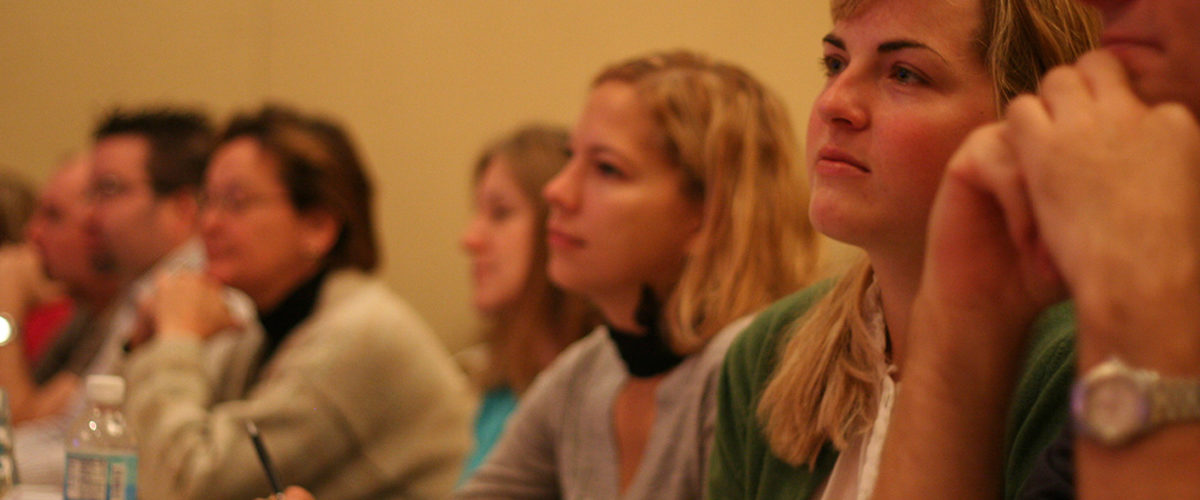
Business presentations aren’t confined to stiff and stuffy deliveries. You can find inspiration outside the boardroom, especially if you’re up for a sales pitch.To outdo the competition and close your sales, you need to be creative enough when selling your product. One way to do this is to call up your inner Cupid to establish personal engagement that results in investment and loyalty.Just like a great romance, your relationship with the customer should be a lasting passion. Don’t settle for shallow enthusiasm. Get your audience to love you.
Courtship
All romances and sales pitches start with the courtship stage.Look up your prospects and align your marketing strategy to your client’s wants and needs. Your competition could be bigger, more experienced, and more influential. In this case, don’t try to beat them at their own game.Try to create your own playing field.In the book Brand Romance, brand experts Yasushi Kusume and Neil Gridley discuss high design principles that ensure customer loyalty. According to these principles, a recognizable brand identity is one way to effectively bring your product to the audience.Introduce yourself during your pitch and build a narrative around your journey. After that, you can present a value proposition to show solutions unique to your services.Have your visuals reflect your brand’s distinct character, whether by incorporating your logo or by using your company colors into the deck.
Passion
Think of your presentation as a first date with the audience. Sometimes, their attentiveness dies halfway through your speech because your offer might not be too impressive. People have a limited attention span, so make the most out of your pitch.A bit of humor lightens the mood and disperses any lingering tension. However, make sure that all these seemingly unrelated points still lead back to you.You can only entertain your listeners with interesting anecdotes for so long.Delivering a dragging and winding speech not only distracts prospects from your major ideas but also dampens their interest.
Commitment
Don’t let the connection with your listeners go cold. Letting them walk away without convincing them of your importance will ruin your chances at making a sale.Cover as many blind spots as you can, and avoid making common presentation mistakes that alienate the audience. Do away with fillers, but don’t force yourself to be perfect either. Act natural and be confident.People feel more at ease with someone who uses the conversational tone while establishing their authority on stage. Take notes from your previous sales pitches to see which tactics worked to attract people and which ones failed.
Keep the Flame Alive
Be intimate with the audience, and court their interests by building upon your identity. Having a distinguishable personality sets you apart from the competition. Keep their attention by delivering engaging stories that eventually point back to your main pitch.Finally, commit to maintaining their interest by constantly improving your public speaking skills. As in any relationship, the connection you make during your sales pitch should ideally lead to a long-term commitment for your business.Need help with your presentation? Consult with our SlideGenius experts today for a free quote!Featured Image: “A Taste of Romance.” by Esther Spektor on flickr.com





